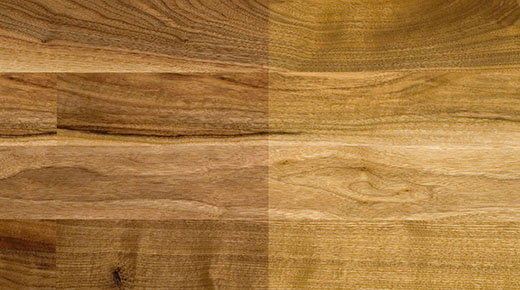Wood species
and natural colour changes
Karelia hardwood floors are made of carefully selected, beautiful wood species. Today wood is valued more as an interior decoration material than ever before. Its supreme beauty, crafted by nature itself and formed through the years, provides inspiration for a new generation of designers as well as interior and home decorators. It's easy to lose your heart to this multi-faceted material, which gradually adopts a deep, rich colour. There's no need to machine the wood to make it beautiful - it's already beautiful by nature.
Tonal changes
The tonal changes in hardwood floorings usually show in areas not exposed to direct sunlight, for example a rug may leave a darker area on the floor when removed. In time, the tone will, however, settle according to the surrounding surface.
UV radiation from the sun causes hardwood floors to slightly change in colour over time. The change in tone is natural and takes place on the woods surface.
The lacquers used on the Karelia hardwood floor's surface protect the floor from the effects of UV radiation to a certain extent, but they do not completely prevent colour changes happening on the surface of the hardwood floor.
The changes in the photos represent an average change of colour during the first 1-2 years. The change can also differ from the photos, depending on the amount of natural light and natural characteristics of the wood.
Hardness
The Brinell scale indicates the comparative hardness of different wood species. As a rule the higher the Brinell-hardness, the better the floor's ability to withstand impacts, indentations and wear. The average hardness degree of timber materials has been compared to wear surface of Karelia hardwood floorings. Brinell-hardness is measured in a humidity of 12 %.
Ash
The lightly hued ash gains its personality from its exciting grain patterning. In a new floor the pale red and grey shades stand out; over time the heartwood becomes a beautiful light brown. Ash withstands even the toughest wear since it is a rather hard wood species.
| Hardness (Brinell) | Spread | |
| 4,0 | 2,8 - 6,2 |
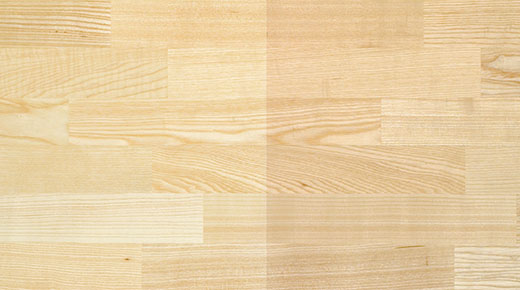
Beech
Timber varies from light grey to light reddish in colour tone, based on the temperature of the growing site. Timber is fine textured and grains are generally straight. In production, the steaming process can cause the colour tone to turn dark reddish. A beech floor creates a warm, cosy atmosphere in any setting, whether fresh and modern or luxurious and elegant. Beech is not suitable for installation over underfloor heating.
| Hardness (Brinell) | Spread | |
| 3,8 | 2,0 - 5,9 |
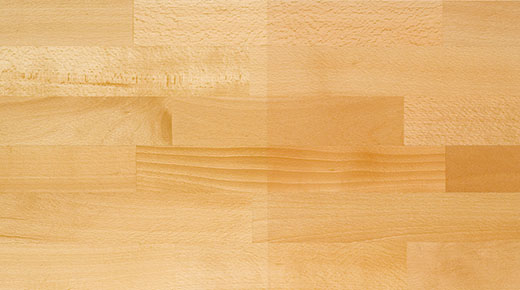
Birch
To create a refreshingly airy living space, nothing can beat the light, refined tones of birch parquet. Strong grain patterns seldom appear. Knots are clearly visible on the white timber surface.
| Hardness (Brinell) |
Spread | |
| 2,6 | 1,6 - 4,0 |
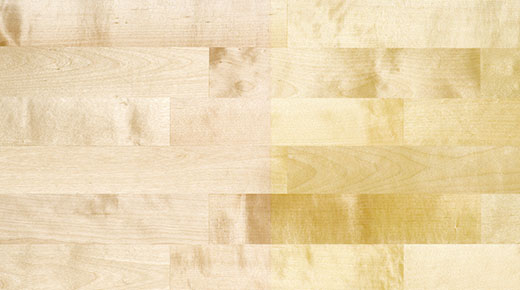
Merbau
Merbau has a distinctive character and its own unique durability. In the course of time, its beauty and strength, mellowing and maturing, can be maintained with minimum effort. Merbau timber is reddish brown when fresh but turns darker due to sunlight, even to very dark brown. The grain pattern is straight and very often intertwined.
| Hardness (Brinell) |
Spread | |
| 4,1-4,9 |
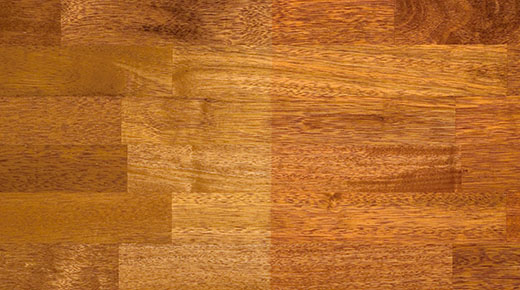
Oak
Oak lends itself beautifully to any decorative style from genuine opulence to rustic warmth. The timber is yellowish brown in colour. Sapwood is lighter in colour than heartwood. The timber is coarse textured and grains are clearly visible on the sawn or planed timber. Broad rays produce a silvery grain figure on planed surfaces.
| Hardness (Brinell) | Spread | |
| 3,7 | 2,2 - 5,9 |
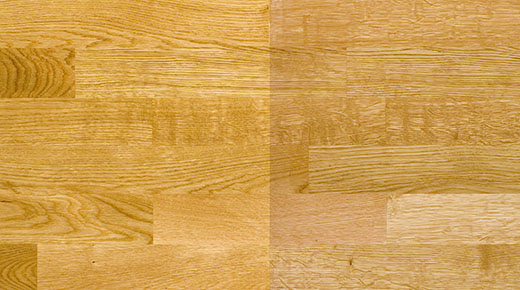
Walnut
Walnut's flame or curly grain patterns are sophisticated and decorative. Walnut's tones vary depending on age and place of growth, from a grayish brown to a dark brown shade. Its warmth softens the edges of modernity while the dark tones define spaces and add character.
|
Hardness (Brinell) |
Spread |
|
| 3,4 | 2,0 - 5,1 |
